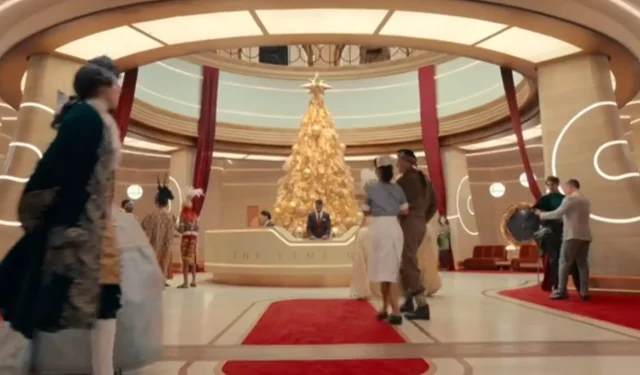
The much-anticipated 2024 Christmas special of Doctor Who, titled “Joy to the World,” is infused with nostalgic references to episodes created by former showrunner Steven Moffat. These specials provide a unique opportunity for the beloved series to deviate from its overarching plots and focus on a standalone narrative, while still honoring its rich history with callbacks to past characters and stories.
Set within the whimsical Time Hotel, which weaves together various historical periods, fans will find a treasure trove of Easter eggs from Moffat’s era, enhancing the watcher’s experience as they gear up for the forthcoming season 15. “Joy to the World” resonates with heartfelt moments, showcasing clever nods to Moffat’s iconic episodes that enrich the episode’s narrative.
7
“The Doctor Dances”
Season 1, Episode 10
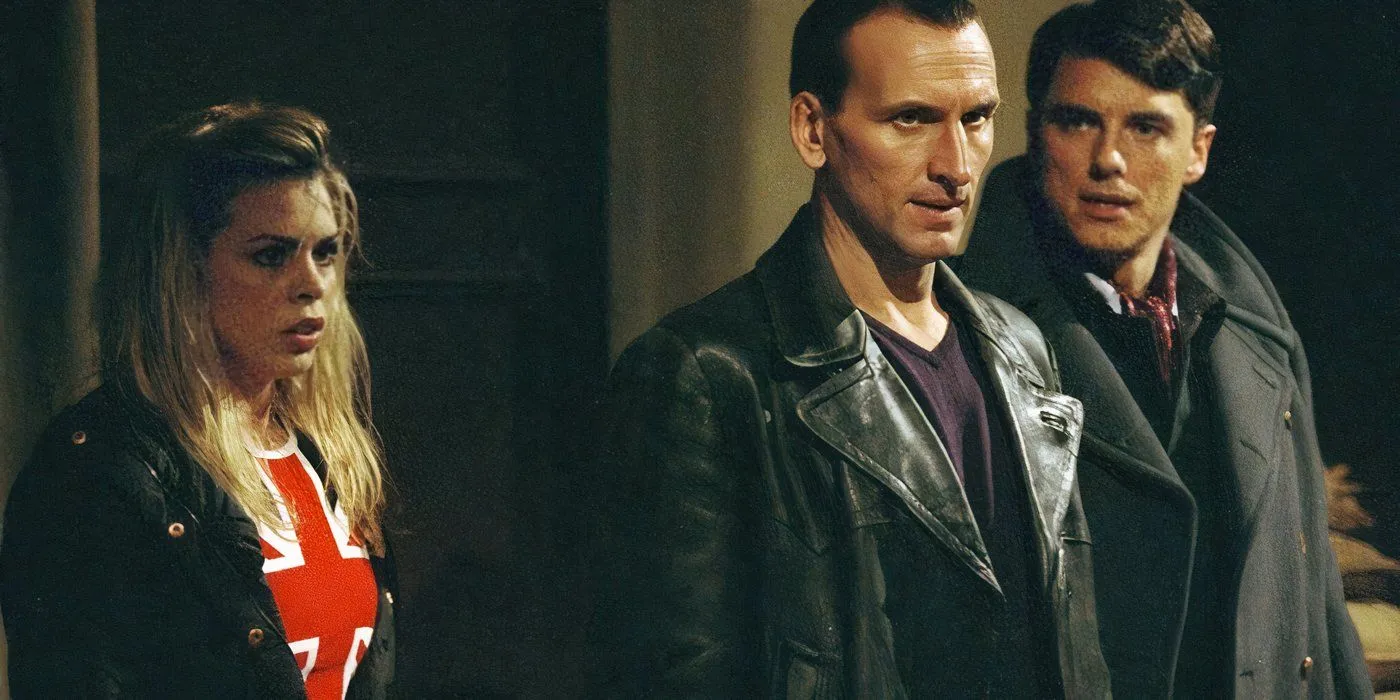
The two-part storyline “The Empty Child”and “The Doctor Dances”is widely regarded as one of the show’s finest. In it, the Ninth Doctor and Rose encounter Captain Jack Harkness against the backdrop of World War II London. In “Joy to the World,” viewers can identify multiple references to this classic tale right from the opening scenes. One poignant moment arises when Mr. Flockhart remarks to his wife about the war marking the “End of everything [they] know,” echoing Rose’s earlier sentiment: “Not the end,” which she expressed in a moment of fear regarding death.
The mise-en-scène within the Time Hotel further draws upon historical references, showcasing costumed guests resembling soldiers from the Blitz. Significantly, the episode reintroduces Moffat’s creation, Villengard—originally noted in “The Doctor Dances.”The weapon manufacturers crafted Jack’s iconic sonic blaster, and the Doctor humorously mentions demolishing one of their factories with a molecular fruit bomb, transforming it into a banana grove. Villengard’s legacy remains prevalent in season 14, particularly in “Boom,”reminding viewers of Moffat’s deep-rooted storytelling.
6
“The Girl in the Fireplace”
Season 2, Episode 4
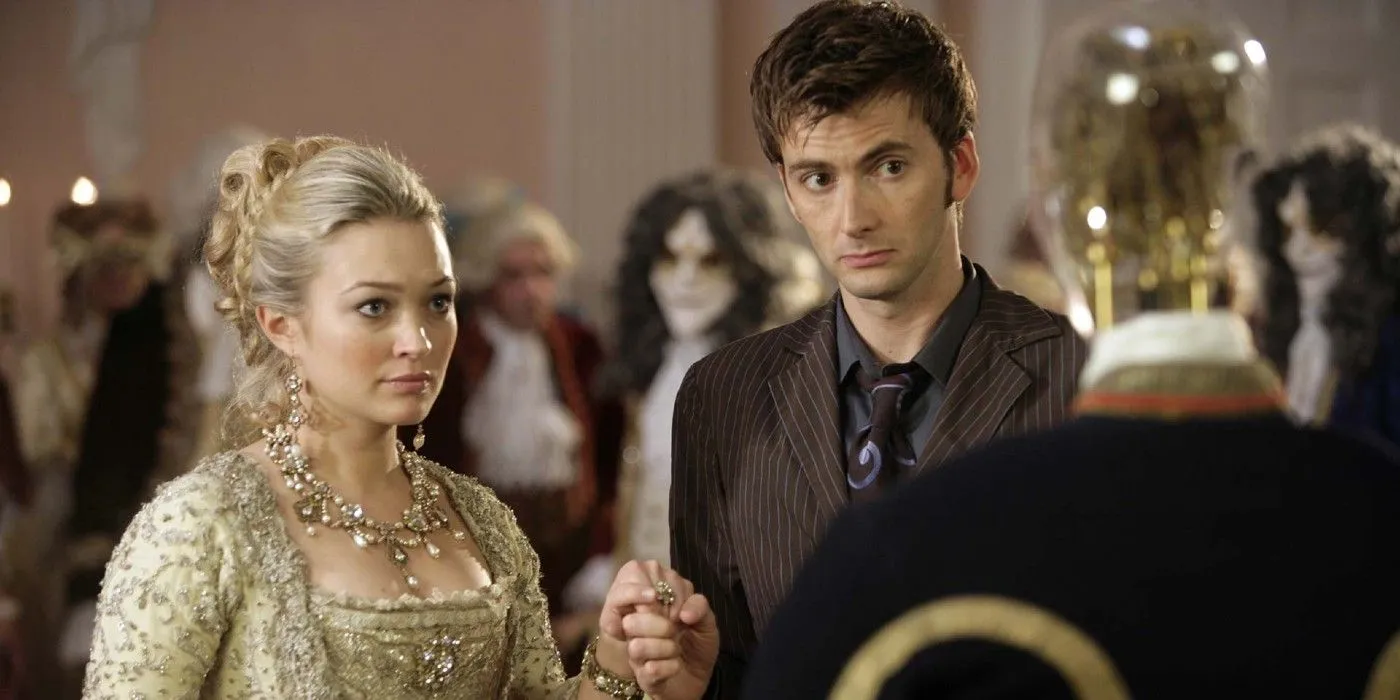
“The Girl in the Fireplace” stands as a hallmark of Doctor Who, with the Tenth Doctor, Rose, and Mickey traversing 18th-century Paris aboard a futuristic spaceship. In “Joy to the World,” guests at the Time Hotel are spotted in attire reminiscent of Madame de Pompadour and her entourage. This visual nod conveniently coincides with the presence of Nicola Coughlan, who appears in the Christmas special, creating a possible crossover with the contemporary series Bridgerton.
Clever references abound; while the Doctor magically animates a mop, he reads about a skeleton found in Versailles—tying back to the episode’s thematic essence. Notably, although “Joy to the World” does not utilize the phrase “slow path,”it encapsulates the essence of the Doctor’s year spent with Anita at Sandringham, reminiscent of the intricate timeline explorations presented in “The Girl in the Fireplace.”
5
“Blink”
Season 3, Episode 10
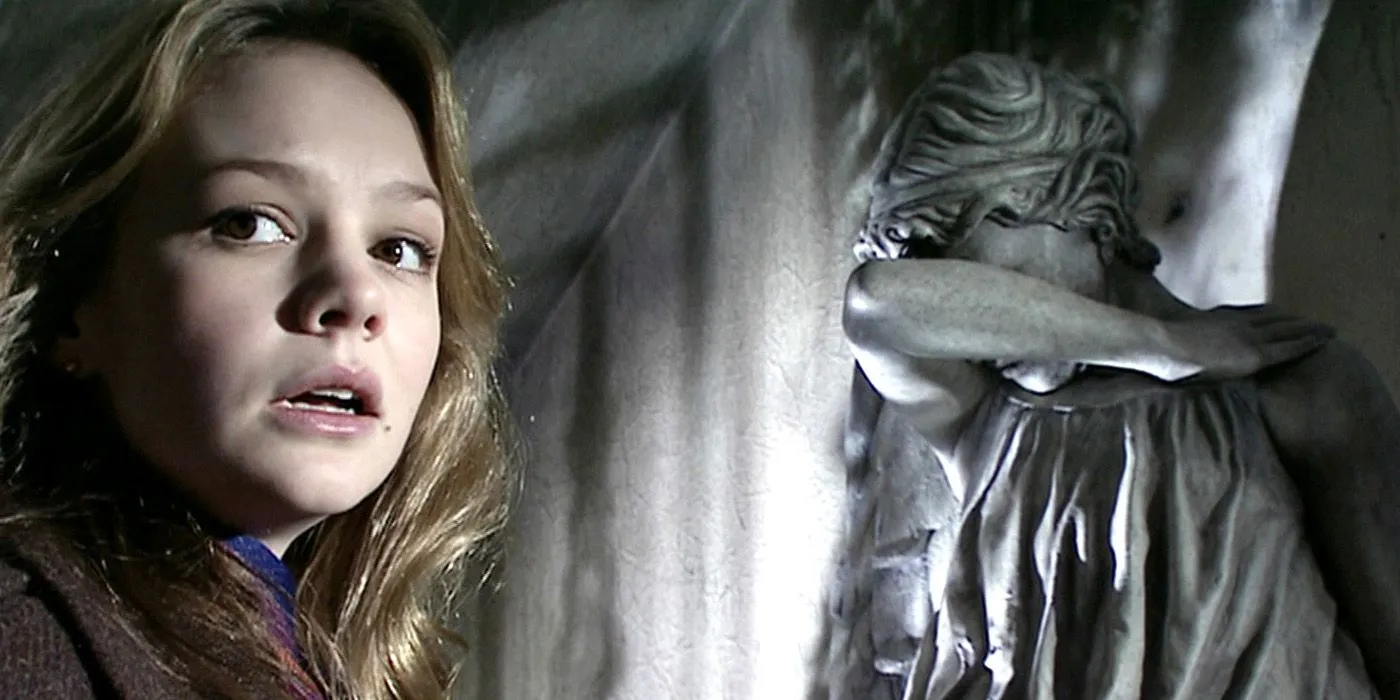
Considered one of the standout episodes, “Blink” introduces Sally Sparrow, an unforgettable companion who assists the Tenth Doctor and Martha Jones in their battle against the menacing Weeping Angels. The Fifteenth Doctor elaborates on the nature of these time-traveling villains during his year with Anita, specifically noting how their movement is hindered by direct eye contact. This reference has roots not just in “Blink,”but extends across several of Moffat’s narratives involving the Angels, including “The Time of Angels”and “The Angels Take Manhattan.”
Additionally, “Joy to the World” features mentions unrelated to “Blink” that are equally crucial. One standout is the Doctor’s paper aptly titled *Timey Wimey*, a deliberate homage to the Tenth Doctor’s memorable “wibbly-wobbly, timey-wimey” exposition from the same episode. Another intriguing element is the bootstrap paradox intricately woven into the plot—showing how the Doctor’s knowledge about a crucial code stems from his own prior actions, demonstrating Moffat’s penchant for timey-wimey storytelling.
4
“The Eleventh Hour”
Season 5, Episode 1
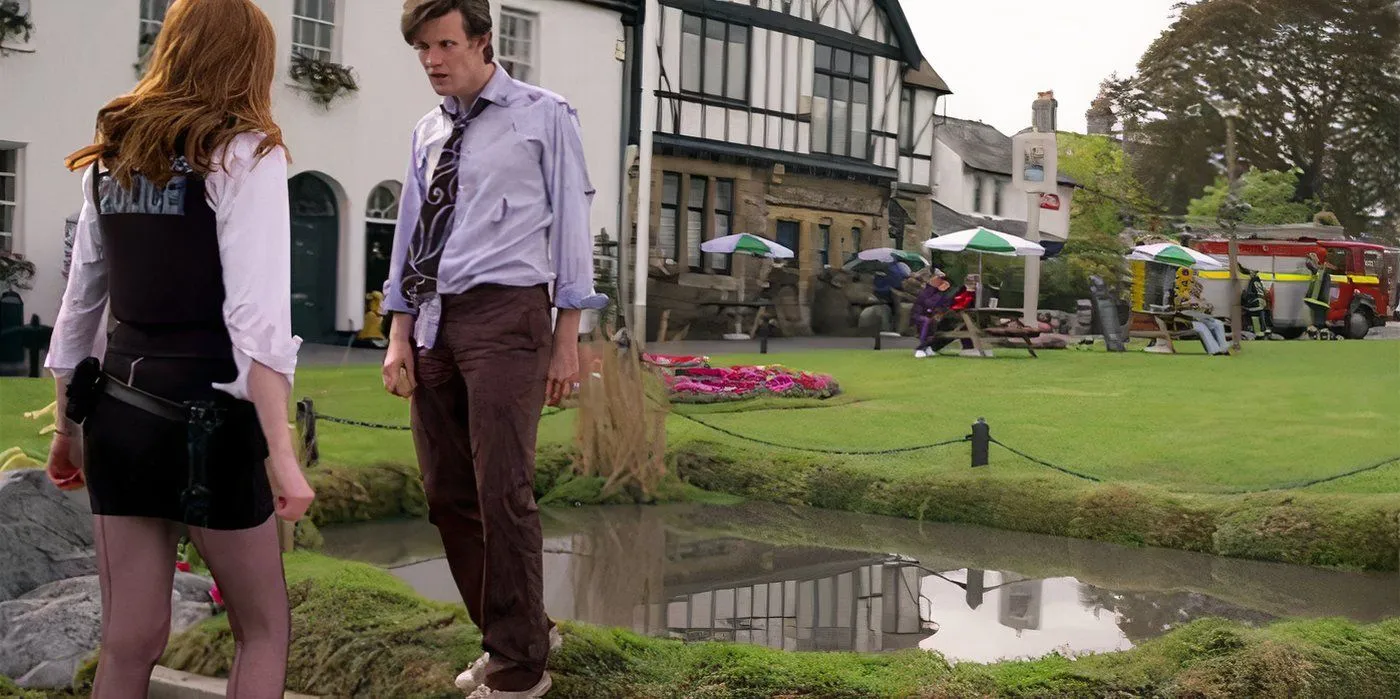
Each new Doctor signals an emphatic narrative shift, and “The Eleventh Hour”establishes just that for the Eleventh Doctor, spinning a thrilling tale around time cracks encountered by young Amelia Pond. As he rushes against time to capture Prisoner Zero, the Doctor becomes fixated on the conspicuous absence of ducks in Leadworth’s tranquil pond. Fast forward to 14 years later, and “Joy to the World” intriguingly addresses this conundrum.
The Christmas special ties up this Amy Pond-related mystery, revealing through promotional material that a scientist contaminated Leadworth’s duck pond, resulting in a portal to 1973. This revelation, while raising questions about its coherence with Eleventh Doctor’s role in the Big Bang Two, is nevertheless a captivating homage to Moffat’s storytelling, cleverly bridging timelines through nostalgia and humor.
3
“The Doctor’s Wife”
Season 6, Episode 4
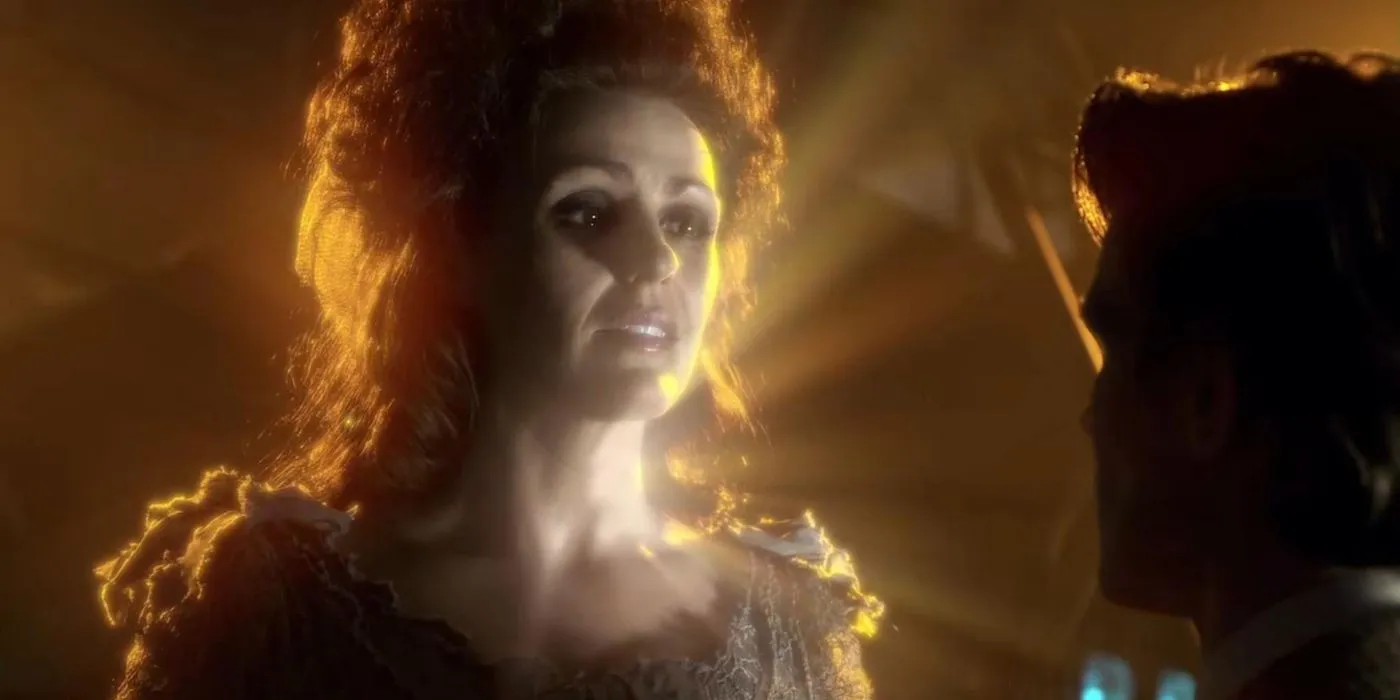
In the innovative episode “The Doctor’s Wife,” the Eleventh Doctor shares a poignant dialogue with the TARDIS incarnated as Idris. During her unintended journey into another universe, the TARDIS manifests a human form, offering a unique opportunity for them to converse effectively. Their exchange highlights the TARDIS’s character, revealing her quirks, including her navigation errors.
This humorous dialogue finds its echo in “Joy to the World,” where the Doctor whimsically alters Anita’s car color to blue yet cheekily fails to correct her navigation system. Quoting Idris, he proclaims that the car “takes [her] where she needs to go,” creating a delightful parallel to the heartfelt encounters in Moffat’s original episode, where the TARDIS’s persona shines through the charming interplay.
2
“The Wedding of River Song”
Season 6, Episode 13
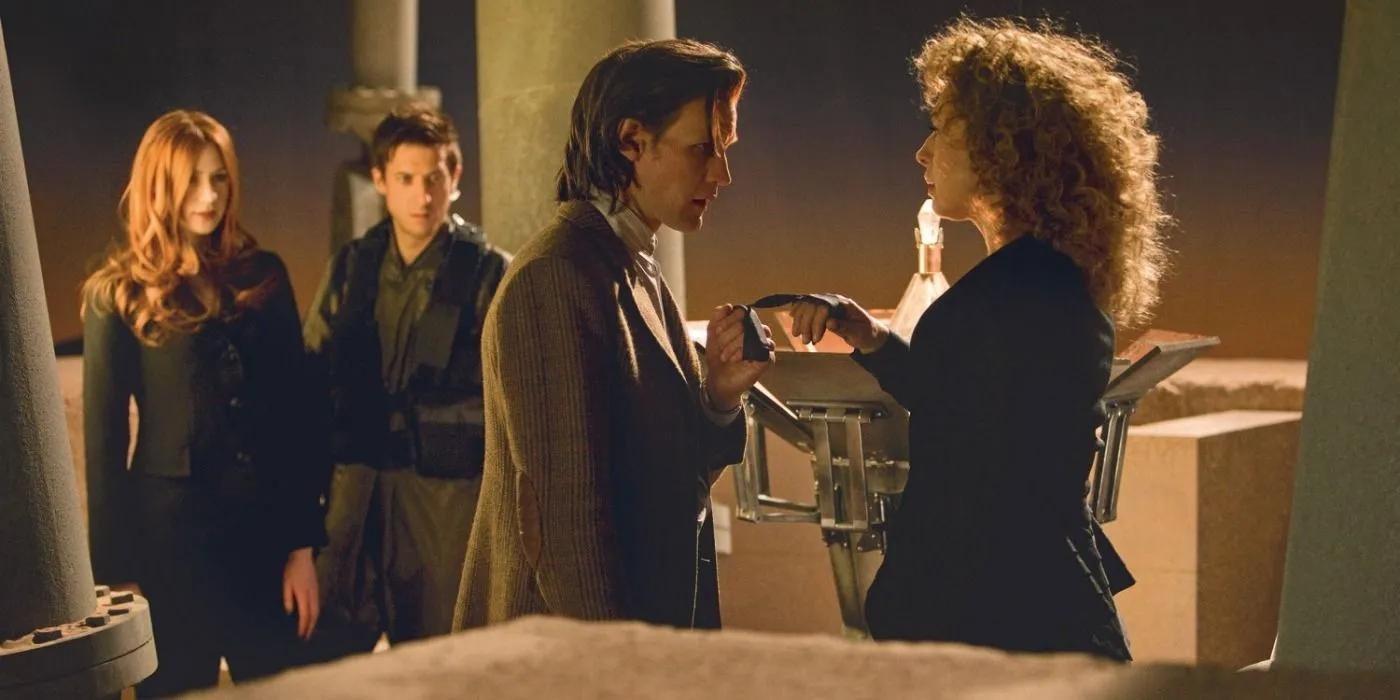
The riveting conclusion of Season 6 showcases “The Wedding of River Song,” where the Eleventh Doctor enters into matrimony with River Song against a backdrop where time is perceived as nonlinear. During a pivotal moment, the Doctor finds himself amidst the Great Pyramid of Giza, reinforcing notable connections to this episode in the Time Hotel’s brochure. Moffat’s decision to revisit such iconic elements underscores the importance of River’s character in the overarching narrative.
Additionally, the Time Hotel features the DeTamble bar, referencing Henry from Audrey Niffenegger’s The Time Traveler’s Wife—a fitting nod to River’s relationship with the Doctor. This connection extends further with Moffat’s adaptation of the novel into a miniseries, revealing layers to his creative artistry.
1
“Deep Breath”
Season 8, Episode 1
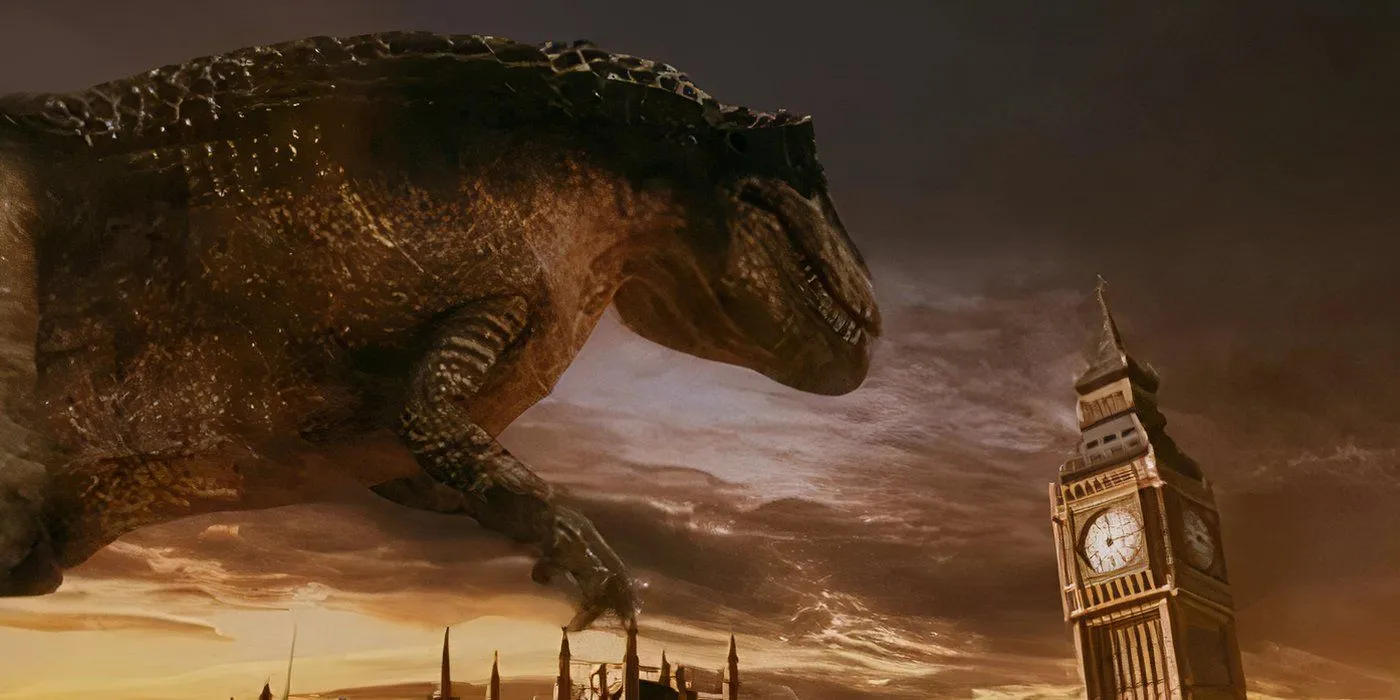
In the Twelfth Doctor’s inaugural episode, “Deep Breath,” audiences are treated to a comical spectacle of the Doctor engaging in an argument with a dinosaur immediately after regeneration. The unconventional opening features the TARDIS dramatically ejected onto the River Thames, coinciding with a Tyrannosaurus rex, which parallels with references seen in “Joy to the World” where a similar dinosaur swallows a briefcase. Despite the humorous connection, the Two dinosaurs are not the same due to plot developments in “Deep Breath.”
Further enriching this episode are the characters Jenny Flint and Madame Vastra, who appear prominently in “Deep Breath.” Their clever references in “Joy to the World” —particularly when Mr. Flockhart mentions the “two women” near the damaged cathedral—adds to the charm of the historical engagement. Moffat’s acknowledgment of these iconic figures, as well as the subtlety of his references, invites ongoing discussion about this beloved universe’s interconnections, as noted in interviews about the special.




Leave a Reply